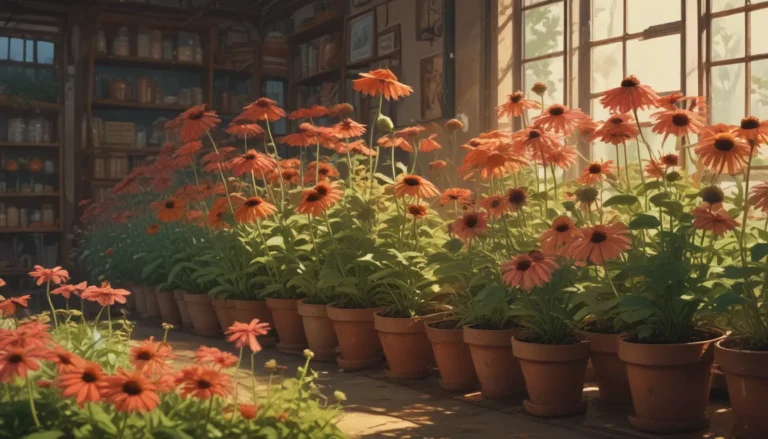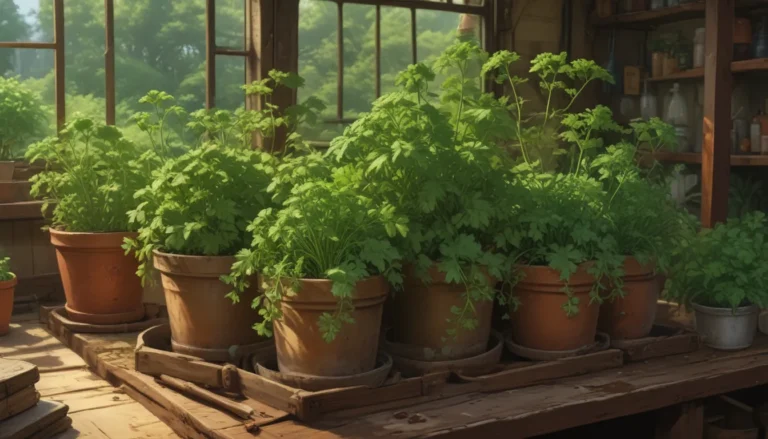Cultivating and Caring for Oleander Shrubs

Nerium Oleander
Don’t you just love having that perfect friend, the one who is always there for you, low maintenance, and just stunningly beautiful? That’s how I would describe Nerium oleander, the flowering shrub that has it all.
It’s like the ideal friend, always there for you, unfussy, and brightening up your day with its vibrant flowers. This evergreen shrub comes in a variety of colors, from white to pink, red, salmon, and even light purple.
Most importantly, oleander is tough. It can survive and thrive in warm climates, handling heat, drought, and humidity with grace. However, there is a catch – it’s toxic. All parts of the plant can be harmful if ingested, so it’s crucial to ensure that it is planted in a safe location away from pets, kids, and adults who might accidentally come into contact with it.
But don’t let that deter you from growing this beautiful shrub if you can ensure safety. Oleander is a rewarding plant, especially in hot summer temperatures. Let’s dive into the details of how to grow and care for this colorful addition to your garden.
What You’ll Learn
- What Is Oleander?
- Cultivation and History
- Propagation
- How to Grow
- Growing Tips
- Pruning and Maintenance
- Cultivars to Select
- Managing Pests and Disease
- Best Uses
- Quick Reference Growing Guide
What Is Oleander?
Originating from North Africa and the Mediterranean, oleander is a versatile evergreen shrub that thrives in warm, subtropical regions. Part of the dogbane family, this plant is known for its sword-shaped leaves and vibrant flowers that come in various colors.
Its ability to withstand harsh conditions like poor soil and salt spray has made it a popular choice for windbreaks and highway medians in many regions. There are different sizes available, from dwarf varieties suitable for containers to tall types used for hedges or privacy screens.
Although oleander is poisonous if ingested, it remains a popular ornamental plant in many landscapes, particularly in regions with warm climates like the West Coast and southern states. Its versatility and resilience have made it a favorite among gardeners looking for a low-maintenance, colorful addition to their gardens.
Cultivation and History
Oleander has a fascinating history, dating back to ancient times. Immortalized in Roman wall paintings at Pompeii, this plant was once used in religious ceremonies to honor the Nereides in Greek mythology.
More recently, oleander found its way to Galveston, Texas, where it became a symbol of resilience and beauty after a devastating hurricane in 1900. Since then, it has thrived in coastal regions and mild-temperature areas, earning the nickname “The Oleander City” for its abundance of these stunning shrubs.
Oleander Propagation
If you want to grow oleander in your garden, there are two main methods of propagation: stem cuttings and seeds.
From Cuttings
Starting oleander from cuttings is a simple process that involves taking a stem cutting in early spring and rooting it in water. Once roots develop, the cutting can be planted in a container and eventually transplanted into the ground.
From Seed
Growing oleander from seeds offers a wider variety of cultivars to choose from. Seeds can be started indoors in a shallow tray or peat pot, and once they germinate, the seedlings can be transplanted into individual containers.
How to Grow Oleander Bushes
Growing oleander is relatively straightforward, provided you choose a safe location away from potential hazards. Plant these shrubs in full sun or part shade with well-draining soil to ensure optimal growth.
Oleander is generally low maintenance, requiring minimal fertilizer and water once established. Flowering in spring and summer, these shrubs go dormant in winter and can bloom year-round in some regions.
Whether growing in the ground or in containers, oleander adapts well to various conditions and can thrive with minimal care. Just remember to avoid ingesting any part of the plant due to its toxicity.
Growing Tips
- Protect yourself from the toxic sap by wearing gloves and long sleeves.
- Provide adequate water during dry spells, but avoid overwatering.
- Remove yellowing leaves and reduce water if necessary.
Pruning and Maintenance
While oleander is a low-maintenance plant, occasional pruning can help promote more flowers and maintain its shape. Deadheading spent blooms and removing suckers can encourage healthy growth and flowering.
Prune oleander in late summer or early fall to promote new growth and ensure optimal blooming the following year. Avoid pruning during the rainy season to prevent disease and maintain plant health.
Oleander Cultivars to Select
When choosing oleander cultivars, consider the desired height, bloom color, and growth habit. From dwarf varieties suitable for containers to tall types ideal for hedges, there is a wide range of options to suit different preferences.
Popular cultivars like ‘Austin Pretty Limits’ offer dark pink flowers in a compact size, making them perfect for smaller spaces. Whether you prefer standard or dwarf varieties, oleander cultivars come in various colors and growth habits to enhance your landscape.
Managing Pests and Disease
While oleander is toxic to deer and rabbits, it can attract pests like oleander caterpillars that feed on the foliage. Regular inspection and hand removal of caterpillars can help control infestations and prevent damage to the plant.
In addition to pests, oleander is susceptible to diseases like Botryosphaeria dieback and oleander gall. Pruning affected areas and treating cuts with a bleach solution can help prevent the spread of disease and maintain plant health.
By following proper care practices and monitoring for pests and diseases, you can ensure your oleander shrubs remain healthy and vibrant in your garden.
Best Uses for Oleander Bushes
Oleander is a versatile plant that can be used in various ways to enhance your landscape. From privacy screens and hedges to ornamental specimens and windbreaks, these shrubs offer both beauty and functionality in the garden.
Whether you have full sun or part shade, well-draining soil or sandy conditions, oleander can thrive in a wide range of environments. Consider planting oleander in locations where other plants struggle to grow, such as coastal areas or dry, sandy soils.
By selecting the right cultivar and providing proper care, you can enjoy the beauty of oleander in your garden year-round. From its colorful blooms to its evergreen foliage, this resilient shrub is sure to brighten up your landscape.
Quick Reference Growing Guide
- Plant Type: Evergreen flowering ornamental shrub
- Flower / Foliage Color: Pink, purple, red, white/green
- Native to: North Africa and eastern Mediterranean
- Maintenance: Low
- Hardiness (USDA Zone): 8-10
- Tolerance: Drought, heat, poor soil, salt air
- Season: Summer-fall
- Soil Type: Average
- Exposure: Full sun
- Soil pH: 5.5-6.5
- Spacing: 4 feet (hedges), 8 feet (specimens)
- Soil Drainage: Well-draining
- Planting Depth: Slightly above soil grade (transplants), soil surface (seeds)
From its origins in ancient times to its popularity in modern gardens, oleander is a versatile and resilient shrub that adds beauty and color to any landscape. By following proper cultivation and care practices, you can enjoy the vibrant blooms and evergreen foliage of oleander in your garden year-round.
Do you have a favorite oleander variety or growing tip to share? Let us know in the comments below! And for more information on ornamental shrubs and gardening tips, stay tuned for our upcoming guides on similar topics.
Disclaimer: This article is for educational purposes only. Always take necessary precautions when handling toxic plants like oleander. Consult a gardening expert or professional for specific advice tailored to your garden’s needs.





